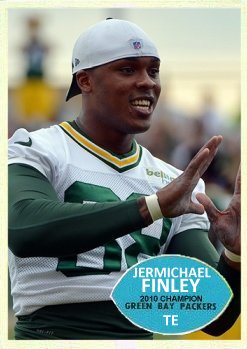Earl Gros, born on this date in 1940, is most famous in Green Bay for his inclusion in the trade of Jim Ringo to the Eagles for Lee Roy Caffey and a first round draft pick that turned into Donny Anderson. In 1962, Green Bay made Earl its first round draft choice, the 14th overall pick. In the AFL draft he was selected by the Houston Oilers in the second round with the 15th overall pick. Coming from LSU, he shared a lineage with the Packers’ starting fullback Jim Taylor, but was largely relegated to kicking teams as a rookie.
With the suspension of Paul Hornung in 1963, Gros had an opportunity to move into the starting lineup as an NFL sophomore, but could not beat out veteran backup Tom Moore. He did see increased action that season, but with six fumbles in 66 touches Earl lost the confidence of the coach, so Lombardi traded him in the offseason.
Gros played three seasons with the Eagles and three with the Steelers before finishing his career with one last game as a Saint in 1970. With Philadelphia and Pittsburgh, Earl was generally a starter and mastered that fumbling problem, coughing it up just 18 times in 887 touches during the balance of his career. His best year was his first in Philly when he averaged 4.9 yards per carry and gained 748 yards on the ground. For the rest of his career, he averaged less than four yards per carry every season. He died in 2013 at the age of 72.






Fleer and Kahn custom cards are colorized.



































































